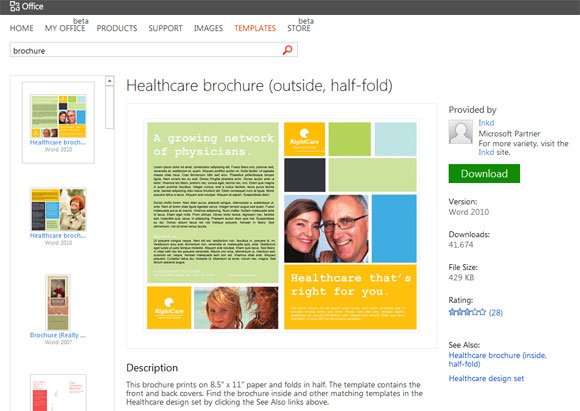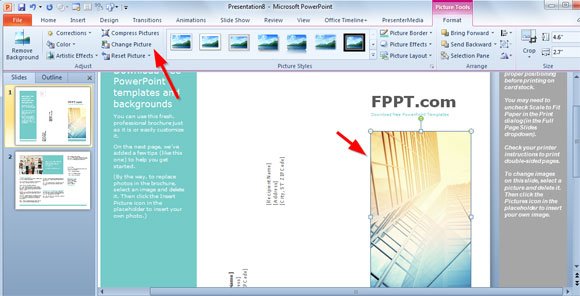
This type of brochure folds into three sections and is usually printed on the front and the back.Ī brochure that folds in half and is usually printed on the front and the back.

When you think of a pamphlet, your mind probably automatically pictures the classic tri-fold design. You will also have to take your color scheme into account, as some colors don’t translate to print (for a more detailed explanation, go down to the Brochure Design Best Practices section).Ī brochure can really take any form, but there are several basic templates that you can follow. If you’re designing for print, however, then your design will have to accommodate double sides. If you’re designing your brochure for web, then a one-page brochure is preferable. This will help you determine what kind of template you should use. Your brochure should immediately address their questions (as opposed to a flyer, which is more promotional).Ģ. Decide if you brochure will be for web or for print. Keep your readers at the front of your mind when creating your brochure.

It’s a shame, too, because brochures are a really handy way to communicate key and introductory information in one compact page.īrochures are, in a nutshell, an informative document (print or digital) that is often folded into a pamphlet. They’ll have a lackluster title and a bland stock photo of a smiling person on the front. You find them on racks in waiting rooms and at checkout counters. Something about so many brochures just screams boring. How many brochures have you been handed, only to glance at them for a moment before tossing them into the nearest bin?


 0 kommentar(er)
0 kommentar(er)
